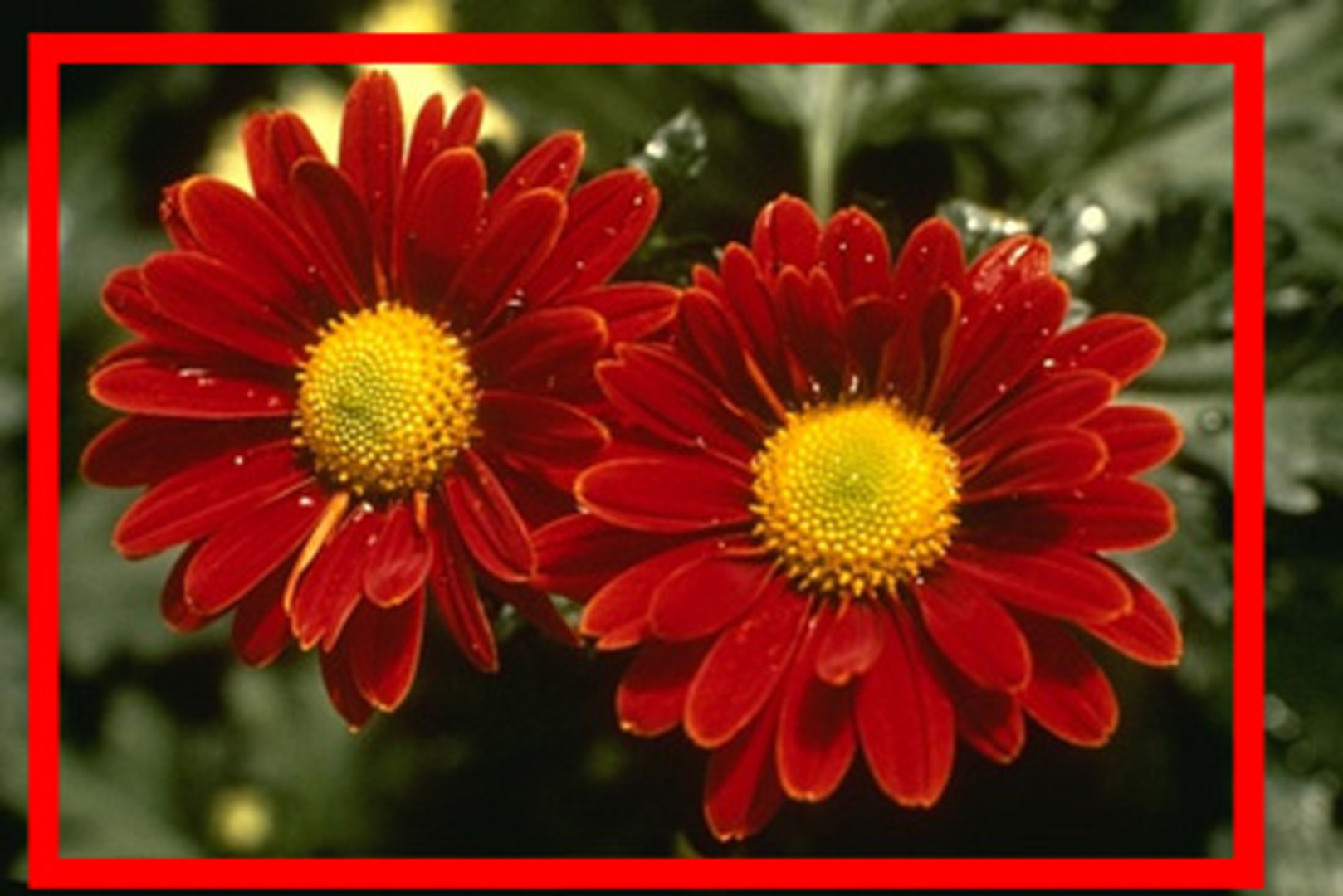“”GrabCut”: interactive foreground extraction using iterated graph cuts” by Rother, Kolmogorov and Blake
Conference:
Type(s):
Title:
- "GrabCut": interactive foreground extraction using iterated graph cuts
Presenter(s)/Author(s):
Abstract:
The problem of efficient, interactive foreground/background segmentation in still images is of great practical importance in image editing. Classical image segmentation tools use either texture (colour) information, e.g. Magic Wand, or edge (contrast) information, e.g. Intelligent Scissors. Recently, an approach based on optimization by graph-cut has been developed which successfully combines both types of information. In this paper we extend the graph-cut approach in three respects. First, we have developed a more powerful, iterative version of the optimisation. Secondly, the power of the iterative algorithm is used to simplify substantially the user interaction needed for a given quality of result. Thirdly, a robust algorithm for “border matting” has been developed to estimate simultaneously the alpha-matte around an object boundary and the colours of foreground pixels. We show that for moderately difficult examples the proposed method outperforms competitive tools.
References:
- ADOBE SYSTEMS INCORP. 2002. Adobe Photoshop User Guide.
- BLAKE, A., ROTHER, C., BROWN, M., PEREZ, P., AND TORR, P. 2004. Interactive Image Segmentation using an adaptive GMMRF model. In Proc. European Conf. Computer Vision.
- BOYKOV, Y., AND JOLLY, M.-P. 2001. Interactive graph cuts for optimal boundary and region segmentation of objects in N-D images. In Proc. IEEE Int. Conf. on Computer Vision, CD–ROM.
- BOYKOV, Y., AND KOLMOGOROV, V. 2003. Computing Geodesics and Minimal Surfaces via Graph Cut. In Proc. IEEE Int. Conf. on Computer Vision.?
- CASELLES, V., KIMMEL, R., AND SAPIRO, G. 1995. Geodesic active contours. In Proc. IEEE Int. Conf. on Computer Vision.?
- CHUANG, Y.-Y., CURLESS, B., SALESIN, D., AND SZELISKI, R. 2001. A Bayesian approach to digital matting. In Proc. IEEE Conf. Computer Vision and Pattern Recog., CD–ROM.
- COREL CORPORATION. 2002. Knockout user guide.
- DEMPSTER, A., LAIRD, M., AND RUBIN, D. 1977. Maximum likelihood from incomplete data via the EM algorithm. J. Roy. Stat. Soc. B. 39, 1–38.
- GREIG, D., PORTEOUS, B., AND SEHEULT, A. 1989. Exact MAP estimation for binary images. J. Roy. Stat. Soc. B. 51, 271–279.
- KASS, M., WITKIN, A., AND TERZOPOULOS, D. 1987. Snakes: Active contour models. In Proc. IEEE Int. Conf. on Computer Vision, 259–268.
- KOLMOGOROV, V., AND ZABIH, R. 2002. What energy functions can be minimized via graph cuts? In Proc. ECCV. CD-ROM.?
- KWATRA, V., SCH?DL, A., ESSA, I., TURK, G., AND BOBICK, A. 2003. Graphcut Textures: Image and Video Synthesis Using Graph Cuts. Proc. ACM Siggraph, 277–286.?
- MORTENSEN, E., AND BARRETT, W. 1995. Intelligent scissors for image composition. Proc. ACM Siggraph, 191–198.?
- MORTENSEN, E., AND BARRETT, W. 1999. Tobogan-based intelligent scissors with a four parameter edge model. In Proc. IEEE Conf. Computer Vision and Pattern Recog., vol. 2, 452–458.
- RUCKLIDGE, W. J. 1996. Efficient visual recognition using the Hausdorff distance. LNCS. Springer-Verlag, NY.?
- RUZON, M., AND TOMASI, C. 2000. Alpha estimation in natural images. In Proc. IEEE Conf. Comp. Vision and Pattern Recog.





